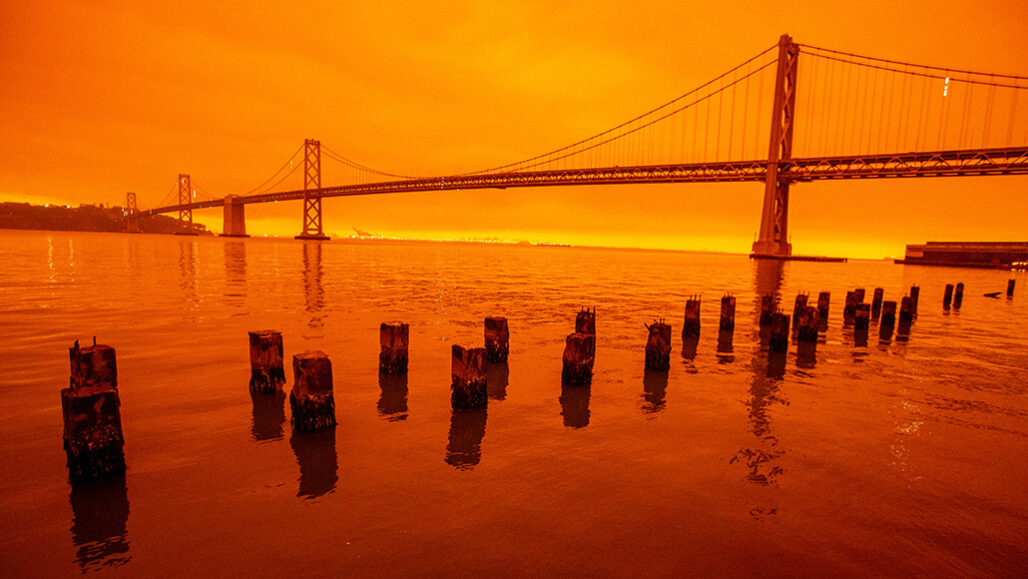What we know and don’t know about wildfire smoke’s health risks

Acrid smoke continues to pollute skies in the western United States. On some recent days, the air quality in Portland, Seattle, San Francisco and Los Angeles has been so hazardous, it’s ranked among the worst in the world.
It’s hard to predict when the smoke will fully clear. And with some parts of the West having faced a week or more of extremely polluted air, the unusual, sustained nature of the assault is increasing worries about people’s health.
There’s plenty of evidence that air pollution — a broad category that includes soot, smog, and other pollutants from sources such as traffic, industry and fires — can harm health. The list of medical ailments associated with exposure to dirty air includes respiratory diseases, cardiovascular disease and diabetes (SN: 9/19/17).
Most of what’s known about the hazards of wildfire smoke has to do with particulate matter, the tiny bits of solids and liquids in polluted air. Wildfires are especially good at producing particles in a size range that can be dangerous to health. It isn’t clear yet if what fuels wildfire smoke — be it vegetation, a mix of trees and structures, or other human-made sources — affects the toxicity of particulate matter.
A growing body of evidence points to a range of risks to health during or soon after wildfires, such as increased trips to the emergency room for chronic lung conditions. But there are many more questions than answers about the long-term risks for people struggling to cope with day upon day of polluted air, and facing longer and fiercer fire seasons each year due to climate change (SN: 8/27/20).